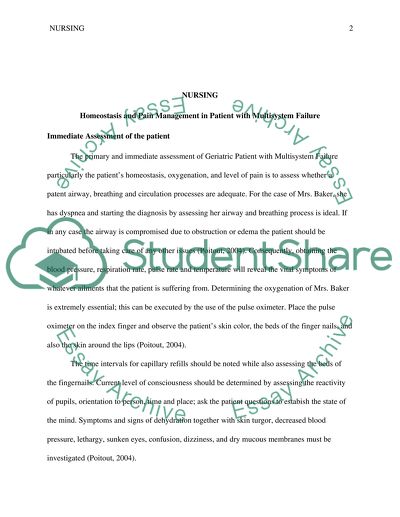Cite this document
(“Homeostasis and Pain Management in Patient with Multisystem Failure Essay”, n.d.)
Retrieved from https://studentshare.org/nursing/1456342-homeostasis-and-pain-management-in-patient-with
Retrieved from https://studentshare.org/nursing/1456342-homeostasis-and-pain-management-in-patient-with
(Homeostasis and Pain Management in Patient With Multisystem Failure Essay)
https://studentshare.org/nursing/1456342-homeostasis-and-pain-management-in-patient-with.
https://studentshare.org/nursing/1456342-homeostasis-and-pain-management-in-patient-with.
“Homeostasis and Pain Management in Patient With Multisystem Failure Essay”, n.d. https://studentshare.org/nursing/1456342-homeostasis-and-pain-management-in-patient-with.


